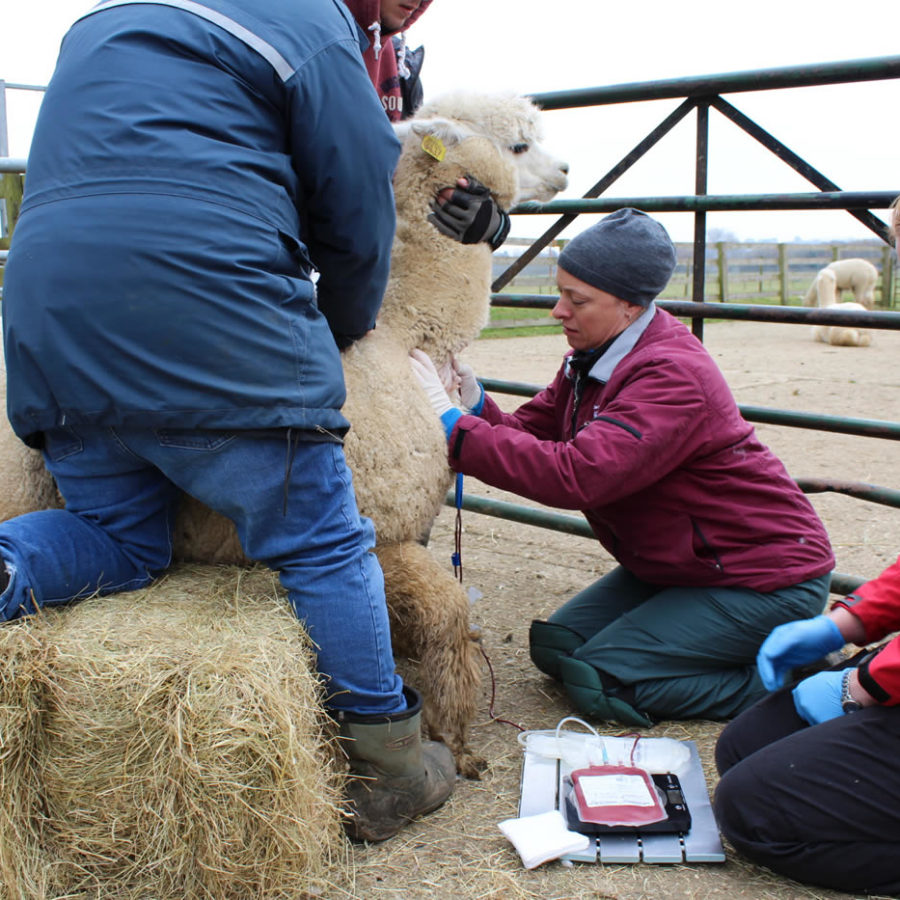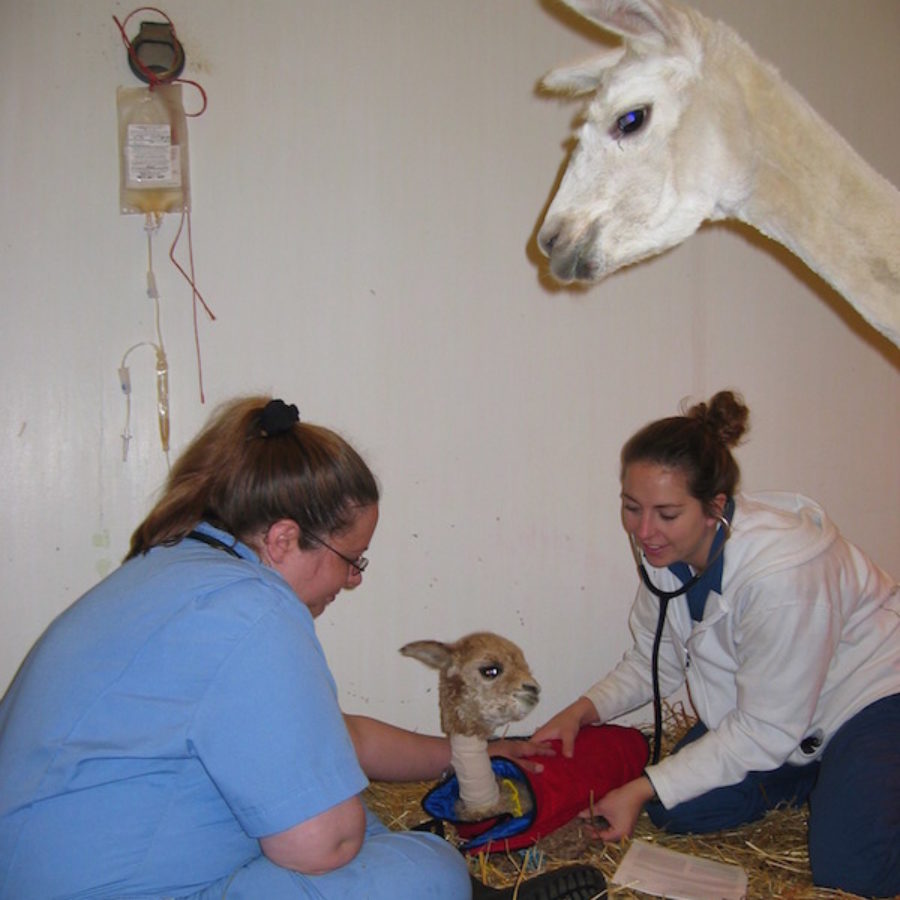Dealing with Camelid Skin Problems
One of the most common—and frustrating—concerns for alpaca and llama owners is dealing with skin problems. Whether it’s scaly patches, hair loss, or incessant itching, skin issues can be persistent and difficult to resolve without the right approach. There are several potential causes of skin disease in camelids, including: Each condition can present differently, but…
Read more


